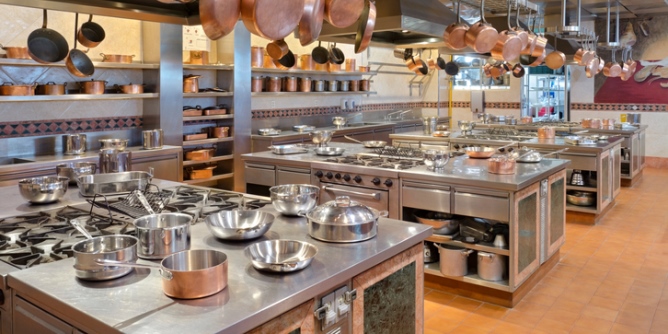Hospitality equipment funder, Silver Chef, has announced it will invest $200 million into the New Zealand hospitality sector over the next five years in a bid to help as many businesses as possible achieve their potential.
Open to new and existing businesses of all sizes, the investment will provide flexible equipment funding solutions through Silver Chef’s rent-try-buy model, supporting existing and new hospitality business owners get the equipment they need to become established.
The financing will give operators access to commercial restaurant and kitchen equipment without the need for large amounts of capital upfront, along with educational resources and mentoring.
Silver Chef’s funding commitment comes at a time when large tourism events are seeing New Zealanders spending more money on dining out and less on grocery items*. According to a study conducted by Stats NZ in 2017, approximately one quarter of the country’s food spending habits are dedicated to restaurant and take away meals, with more people choosing to source their meals outside of home.
Chief Executive Officer of Silver Chef New Zealand, Damien Guivarra, says, “Silver Chef is dedicated to supporting the longevity of New Zealand’s flourishing hospitality industry to ensure the financial burden that comes with purchasing new equipment for business owners doesn’t get in the way of success.”
“New Zealand’s hospitality market is strong and experiencing consistent growth. We hope that existing business owners and budding foodie entrepreneurs see it as an ideal time to embrace a flexible financing model,” adds Guivarra.
As a sponsor of Fine Food NZ, Silver Chef will host a seminar series across the three-day trade show, (-June 24 – 26 at Auckland’s ASB Showgrounds – ) facilitating a range of interactive panel discussions relevant to existing and prospective business owners to further help them to thrive.
*A study conducted by Stats NZ found that in September 2017, 26 percent of food spending was spent in restaurants and on ready-to-eat-meals compared to 23 percent in 2017. About 34 percent of spending went on grocery foods, compared with 37 percent in 2014.








